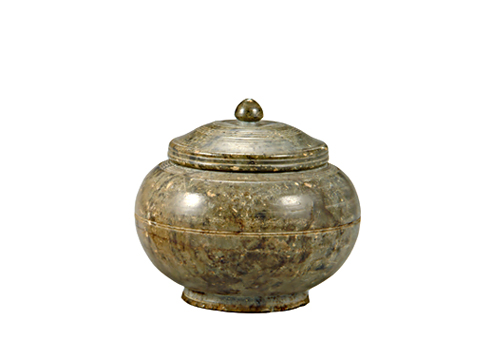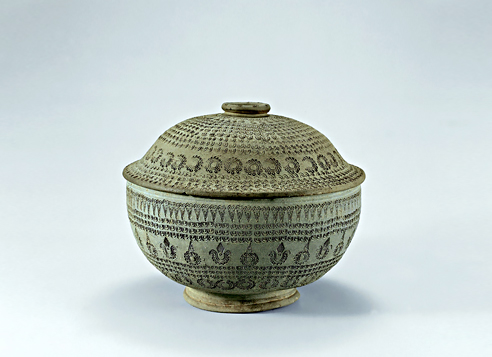The Archeological Collections Room displays some 600 artifacts inherited from Korean ancestors°™ from the Prehistoric Age to the Joseon Period°™ including earthenware, stoneware, metal ware, and glass and jade items. Arranged according to period, they provide a broad view of the nation’s cultural development.
Permanent Exhibition
-
- Exhibition
- Permanent Exhibition
- Archaeological Collections
Category Title
Unified Silla’s Buddhist Arts
In the late 7th century Silla succeeded in unifying the three kingdoms, thereby creating the first unified nation on the Korean Peninsula.
During the Unified Silla period, Three Kingdoms' culture was fused together and Chinese Tang culture was introduced, culminating in a peak of refinement of the ancient culture..
Buddhist sculpture and temple construction became widespread and cremation was practiced as Buddhist culture matured.
With the acceptance of cremation, bone-containing vessels such as burial urns and sarira containers were produced.
Pottery with various sealed patterns came into fashion.
Diverse end tiles and burial urns bear witness to the Silla people's refined crafting skills and aesthetic taste.



